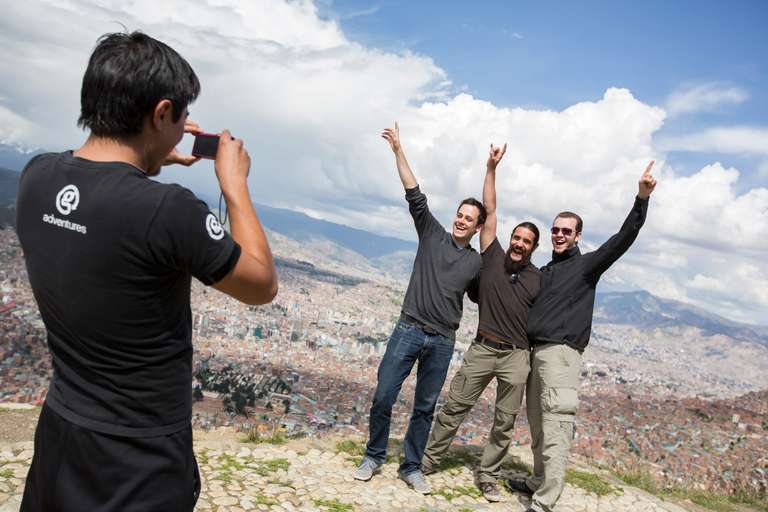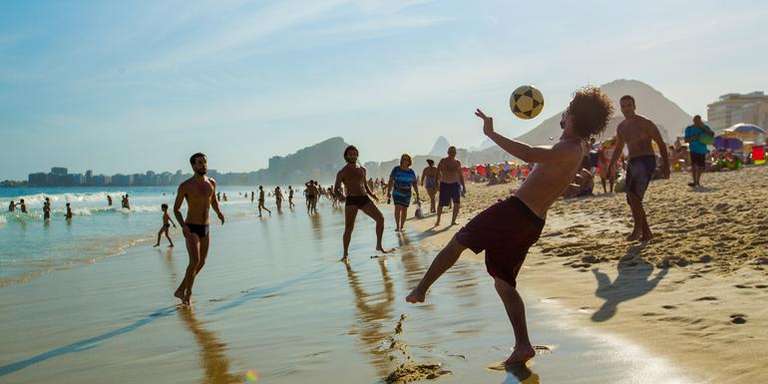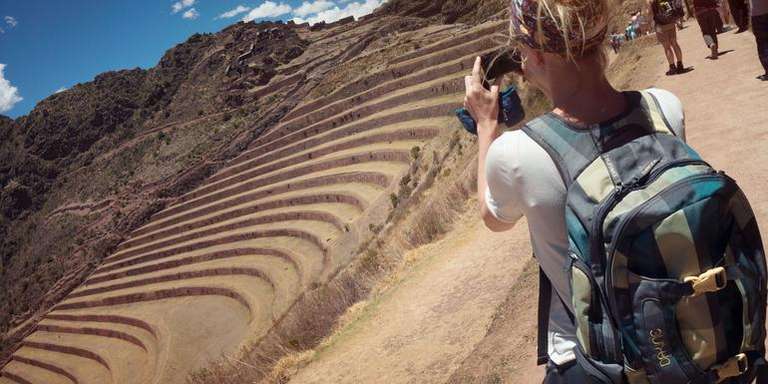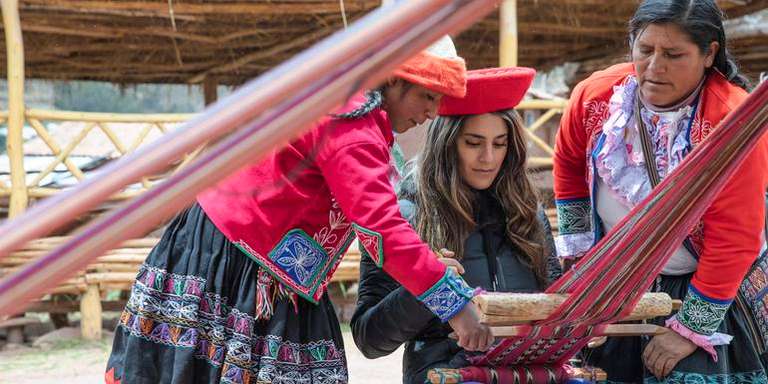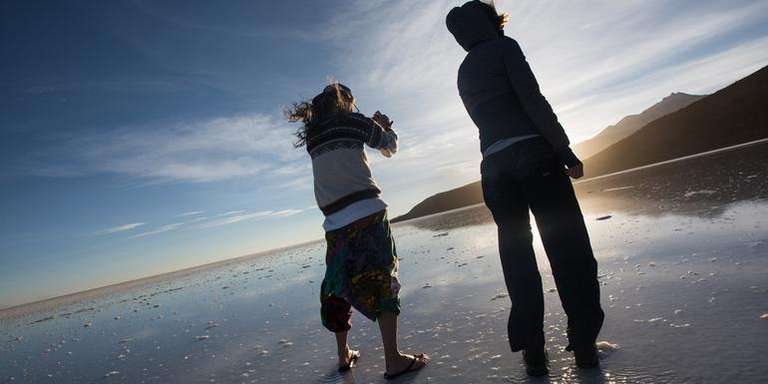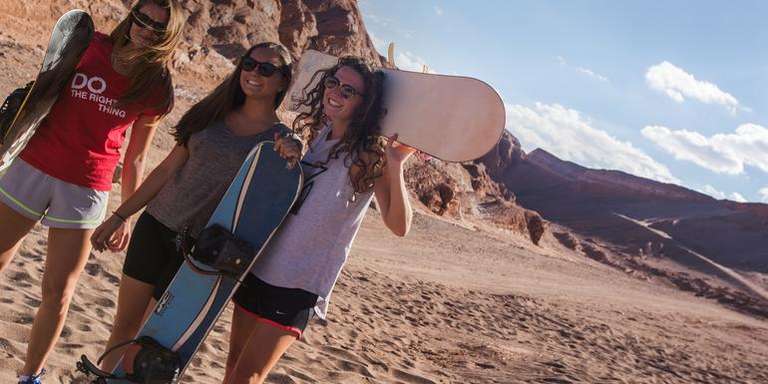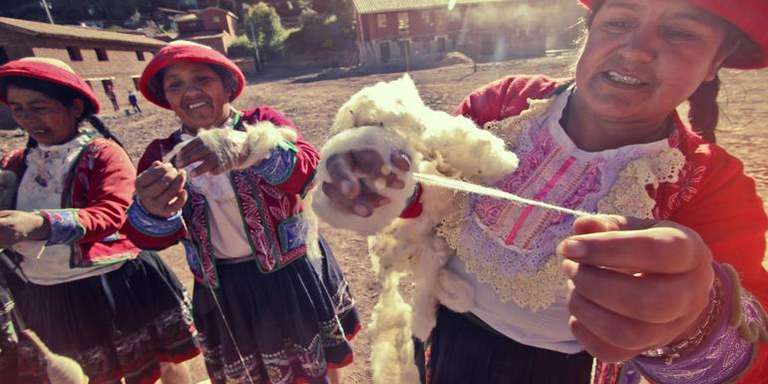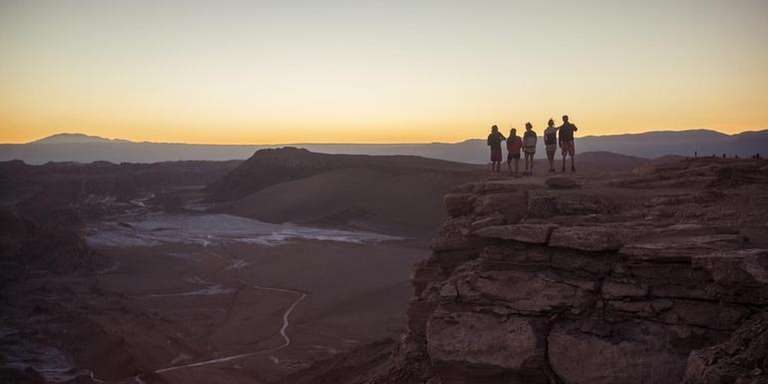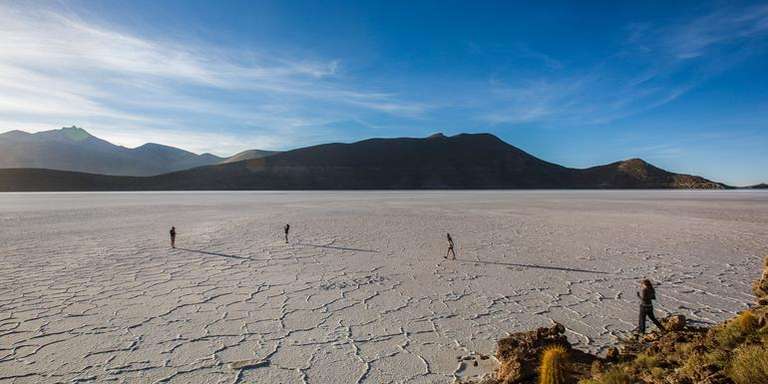Winter in Bolivia: Weather Tips and Top Destinations

- Maire O
- From
- Maire O
- From
- Jacqueline M
- From
- Kimberly G
- From
Weather and Temperature in Bolivia during Winter
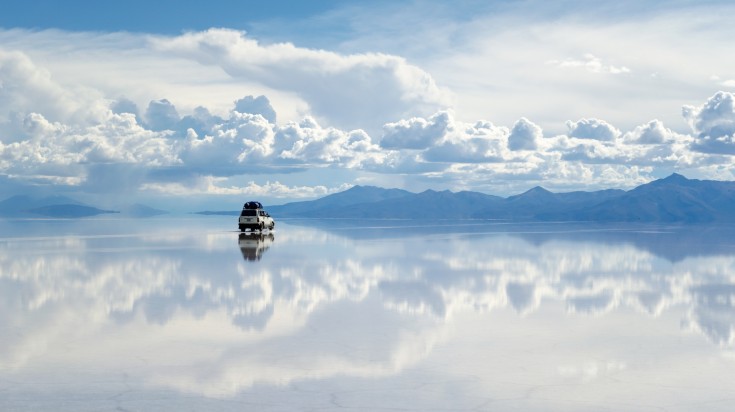
Winter is Bolivia’s dry season. Though the days are shorter, they’re often sunny, and the clear skies make this the perfect time for trekking and mountain biking. The last two months of winter see more rain and warmer weather across the country.
The Andean highlands are especially cool in June and July and can get uncomfortably cold mid-winter, with temperatures often dropping below freezing point. The Amazon lowlands, on the other hand, are noticeably pleasant and less humid than summer but expect occasional spells of torrential rain. Both areas are ripe for exploration because of the dry weather.
The temperature in winter in the capital Sucre ranges from an average high of 20°C to an average low of 10°C. In La Paz, the average high and average low temperatures in winter are 14°C and -4°C, respectively. Santa Cruz de la Sierra is much warmer, with an average high of 27°C and a low of 17°C.
| May | June | July | Aug | Sept | Oct | |
| Avg high | 14°C (57°F) | 13°C (55°F) | 13°C (55°F) | 14°C (57°F) | 14°C (57°F) | 15°C (59°F) |
| Avg low | -1°C (30°F) | -3°C (27°F) | -3°C (27°F) | -2°C (28°F) | 0°C (32°F) | 1°C (34°F) |
| Sunlight hours | 11 | 11 | 11 | 11 | 12 | 13 |
| Rainy days | 3 | 5 | 5 | 3 | 5 | 12 |
| Precipitation | 10 mm | 10 mm | 10 mm | 10 mm | 30 mm | 40 mm |
For a more seasonal overview, check out our guide on the best time to visit Bolivia.
Why Visit Bolivia in Winter?
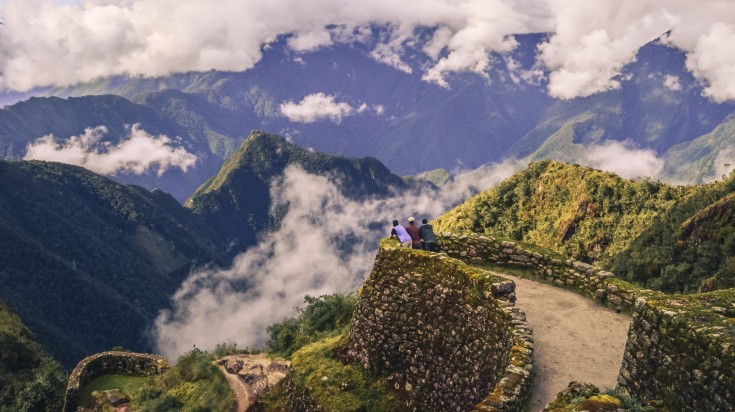

May to October is the high season for travelers wanting to experience this enchanting country. Here’s why you should plan to tour Bolivia in winter:
- Dry weather: An overarching characteristic of the winter months is that it does not rain much, opening up the remote reaches of the country, such as the Valle de los Yungas in the Bolivian Andes, to travel.
- Trekking paradise: The clear skies make winter in Bolivia an excellent hiking and trekking destination. Top hikes include the three-day Apolobamba National Park trek between villages and the Inca Trail at the Reserva Biológica del Sama.
- Cool lowlands: The Amazon lowlands are at their least oppressive for much of winter, and it rains less too. The dry season is also the best time to visit the Bolivian Amazon. More wild animals are drawn towards the rivers, and the mosquito menace is not severe.
- Festival season: The Bolivian winter has some fascinating events and festivals such as Aymara New Year, an indigenous celebration of the winter solstice; Festival de la Virgen del Carmen, which sees processions to honor the patron saint; and Festival de San Bartolomé, with folk dances and religious parades.
Top 3 Destinations in Bolivia during Winter
Though Bolivia is definitely on the tourist map, much of the country remains relatively off the beaten track. The dry winter season offers an opportunity to explore Bolivia’s jaw-dropping landscapes and gritty cities. Here are our recommendations on some excellent spots to check out during winter.
1. La Paz

La Paz infuriates and enthralls in equal measure, making it impossible to ignore this dynamic and culturally-rich Bolivian city. The urban reality of chaotic streets and ramshackle homes contrasts with the starkly beautiful Mount Illimani rising to the southeast. A La Paz tour leaves a strong impression and is an excellent choice for discovering local food, art and culture.
Major attractions: The Witches' Market, Museo Nacional del Arte, Valle de la Luna (Moon Valley) and Mi Teleferico.
Pros:
- La Paz is the highest elevated capital city in the world and has a spectacular setting in a bowl-shaped valley, providing spectacular panoramic views from almost anywhere in town.
- The cooler weather during winter is a big plus.
- Street life is infectious, providing a fascinating glimpse into modern Bolivia.
- The city’s museums are becoming must-visit destinations to understand the country’s indigenous culture.
Cons:
- The traffic can be challenging to navigate.
- La Paz hardly has any green spaces within the city limits.
2. Lake Titicaca
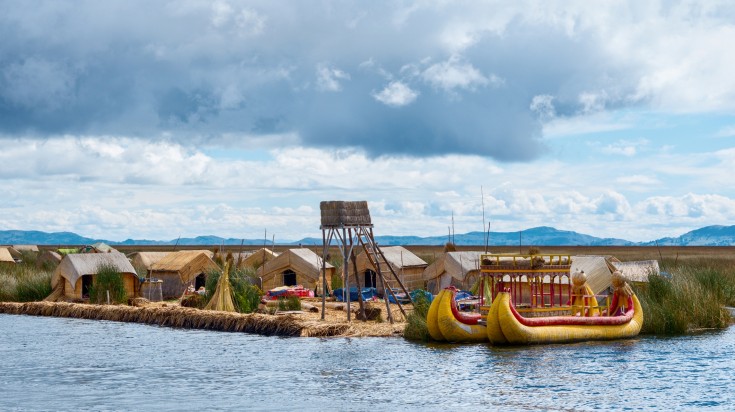
Lying at 3,810 meters at the border between Peru and Bolivia and covering 8,000 square kilometers, Titicaca is South America’s second-largest lake. According to legend, the Bolivian side of the lake was the birthplace of the Incas, and its islands contain dozens of ancient settlements. Lake Titicaca’s sheer scale and crystalline waters make it a spectacular destination. Take a boat ride across the lake; go to the Sun Island and Moon Island; explore Copacabana, a popular pilgrimage site on the shore; hike up Cerro Calvario for beautiful views of the sunset; and catch your own trout for lunch. Here are our tours to Lake Titicaca.
Major attractions: Cerro El Calvario Peak, Basílica de Nuestra Señora de Copacabana and Isla del Sol.
Pros:
- Lake Titicaca is a magical destination with some of the most impressive views in Bolivia, and the dry season is the ideal time to visit.
- There are endless hiking trails around the lake and lots of boating opportunities.
- The lake’s islands are home to many important archaeological sites of the Incas and other ancient civilizations.
- The lake is just 45 miles from La Paz and can be reached within 3-4 hours.
Cons:
- The sun can be unforgiving in this area because of the thin mountain air and lack of shade, so take precautions against sunburn.
- Electricity and other infrastructure on the islands can be limited.
3. Santa Cruz

Despite being Bolivia’s largest city and developing at a hectic pace in the past few decades, Santa Cruz hasn’t completely forgotten its small-town soul. This is especially felt in the middle of the day when many establishments and restaurants close for siesta. Santa Cruz is a city of immigrants, and the Brazilian carnivalesque influence is visible. The city also borders the Amazon rainforest, and the lush greenery spreads its way into the city. The city is great as a base point and has several attractions nearby, such as Guembe Biopark, and Amboro National Park, or take a day trip to Samaipata town. Check out our tours to Santa Cruz.
Major attractions: Jardín Botánico, Basílica Menor de San Lorenzo, nearby Amboro National Park and Casa Melchor Pinto.
Pros:
- Santa Cruz is a heady mix of high commerce and age-old traditions, and winter is the best time to get a feel of the city.
- The city has preserved its pockets of quaintness, like locals relaxing on benches in the city square, and listening to traditional music.
- There are many interesting places to visit nearby on day or overnight trips.
Cons:
- Many locals and tourists are turned off—and with good reason—by the brash commercialization in parts of the city.
Bolivia’s cities are fascinating places to visit by themselves and convenient launching pads to explore the countryside and mountainous terrains around them.
Top activities during winter in Bolivia
Winter in Bolivia is the perfect season for outdoor activities and exploring the country’s legendary landscapes. Visiting national parks, mountain biking, and climbing are some of the top activities in winter.
- Explore national parks: Bolivia’s astonishing biodiversity makes its national parks a must-visit in winter. The infrastructure is sometimes limited, but it only makes these spaces a more unstructured and natural experience. Madidi National Park is one of the world’s great biodiversity hotspots, with more than 8500 documented species. Sloths, howler monkeys, pumas, jaguars, and spectacled bears are among the species you can hope to see here. The remote and pristine Noel Kempff Mercado National Park is a wonderland of wet rainforest, dry grasslands, rivers, lagoons, and thorn scrubs. Home to around 2500 fossilized dinosaur footprints, Toro Toro National Park is a paleontologist’s dream come true.
- Climbing: Bolivia has plenty of high peaks for mountain climbers, including at least a dozen over 6000 meters. The Cordillera Real is perhaps the most outstanding climbing destination and all the more attractive because of the dry weather in winter. The Cordillera Occidental has volcanic peaks like Sajama that are popular with climbers. Huayna Potosi, meanwhile, is widely regarded as a beginner-friendly peak, while the technically demanding Illampu is Bolivia’s toughest climb.
- Mountain biking: Bolivia has some superb bike routes, especially in the Andes and winter in Bolivia is the best season to hit the biking trail. If you’re worried about effort, you can also choose a downhill ride, which involves driving up to a high pass and coming down at your own pace. Tour companies in La Paz can arrange these rides. The 3,500 meters descent from La Paz to Coroico is one of South America's most popular biking routes. The old La Caminata del Choro or Choro Inca Road, and the volcanic formation called the Devil’s Tooth, are some other popular routes.
With these amazing activities on offer, your winter trip to Bolivia is bound to be memorable.
Travel tips to visit Bolivia in winter

- Many parts of Bolivia, especially in the mountains, are very cold in the peak winter months, so plan accordingly.
- Travelers are naturally drawn to the vastness of the country’s unpopulated landscapes but bear in mind that the infrastructure in remote places may be limited.
- Carry cash if you’re traveling outside big cities.'
Winter in Bolivia is South America’s best-kept secret. Though gaining popularity, the country is still not such a big-ticket destination, which is why you should explore this spectacular land this year. Our travel experts will help you plan a customized trip to Bolivia and prepare an itinerary that meets your interests and budgets.


